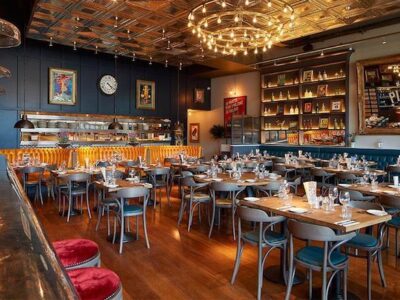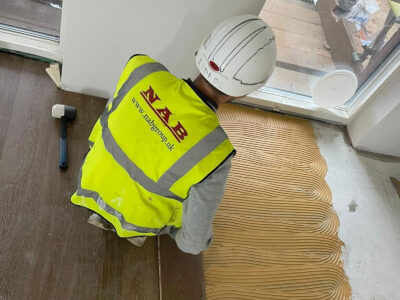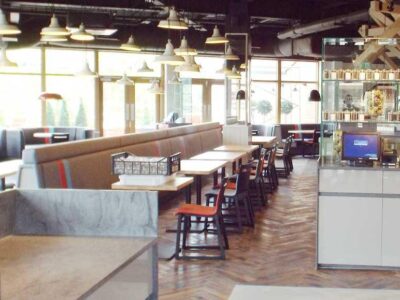Engineered wooden flooring comes in a large range of finishes and styles. It also comes in different structures and it is important to understand the implications of how the boards are manufactured to appreciate the effect they can have on the application you want to use the flooring for. Finishes can range from antique hand distressed to tranquil natural brushed boards all through to rustic and prime finishes and can be used with underfloor heating. You should never confuse Engineered wood flooring with the cheap limited versions.
There are three basic structures of engineered floors:
– Cross ply birch plywood back
– Sandwich Board where the whole structure is made up of the same species of tree
– Poplar back where you normally get just two layers of poplar – this is the cheapest engineered board and is probably the worst to use except in very limited applications
Top quality plywood boards are the foundation for any quality engineered flooring. The plywood is made up of several layers of birch; each layer has the grain running in opposite directions which will ensure that the top layer has a very hard surface on which to adhere. You should always look for 100% birch plywood back to give extra stability. A mixture of woods is not good for the long term stability of any engineered wooden floor.
Solid Wood and Engineered boards
The difference between a solid wood floorboard and a good quality engineered floorboard that has a minimum top layer thickness of 5mm or 6mm is minimal. Solid boards are normally 18mm thick and good quality engineered wood flooring is 20 to 21mm thick.
How are engineered floorboards made.
Engineered wood floors are made up of a top layer bonded with modern adhesive to a plywood base. Like any structure, the foundation, which in this case is the plywood, is the part that gives the floor board its stability. Plywood is made from veneers (which are slices of hardwood) about 2mm thick which are bonded together in high pressure presses. The best engineered boards have a 14mm or 15mm thick plywood back. The top of hardwood flooring is then bonded to the plywood base with a high pressure press and allowed to cure. Once this is done and the adhesive is cured the boards are then put in a drying chamber (similar to a kiln) to balance the moisture content of each type of wood.
By choosing an engineered wood flooring board you are helping the Environment
There are many reasons to choose an engineered wooden floor over any other type including solid wood, some are listed below and with issues of global warming and other concerns about our environment we should be looking at buying such a natural flooring solution.
We can manufacture much more flooring from the same tree using engineered wooden flooring. Solid boards are normally 18mm to 20mm thick and with a 6mm top layer we can get three times as much and with a 4mm top layer, four times as much engineered wood flooring.
Engineered floors will not expand and contract like solid wood
You do not need to acclimatise the boards
You can use engineered boards with underfloor heating
Engineered flooring can be floated on uneven surfaces or better still glued down
Engineered wooden flooring can be used in moisture prone areas of homes and commercial premises, like bathrooms, kitchens, walkways etc.
Installing Engineered Flooring
There are several methods of fitting engineered floors and the main ones are below
Floating Floor – this is where you glue the tongue and grooves together with a good quality PVA adhesive and just let the boards rest on an underlay or electric heating mat, if the manufacturer recommends it.
Gluing the floor directly to a concrete screed or flat subfloor like plywood or chipboard
Secret nailing or screws directly to a plywood subfloor or directly to joists
Cheap Poplar backed Engineered Flooring
This should only be used in certain situations where there is no high traffic and is only really for residential situations.
Engineered Sandwich Floor Board Construction
These are fairly new to the market and are normally used where boards are wider than 220mm to 260mm. This means that the whole board has the same cell structure and is the same species allowing consistent movement which is only restricted by the structure. If you had a solid board like this that is cross cut, as all floor boards are these days, then you would have to drill holes. This means you would screw the boards directly from the top as there would be too much movement which would result in expansion, contraction, warping and cupping. This is why you see plug holes in very old boards.
For more information, talk to one of our Solid Wood Flooring Company experts by calling 01666 504015
Related News Stories
Join our mailing list
Receive the latest news, offers and inspiration straight to your inbox.




